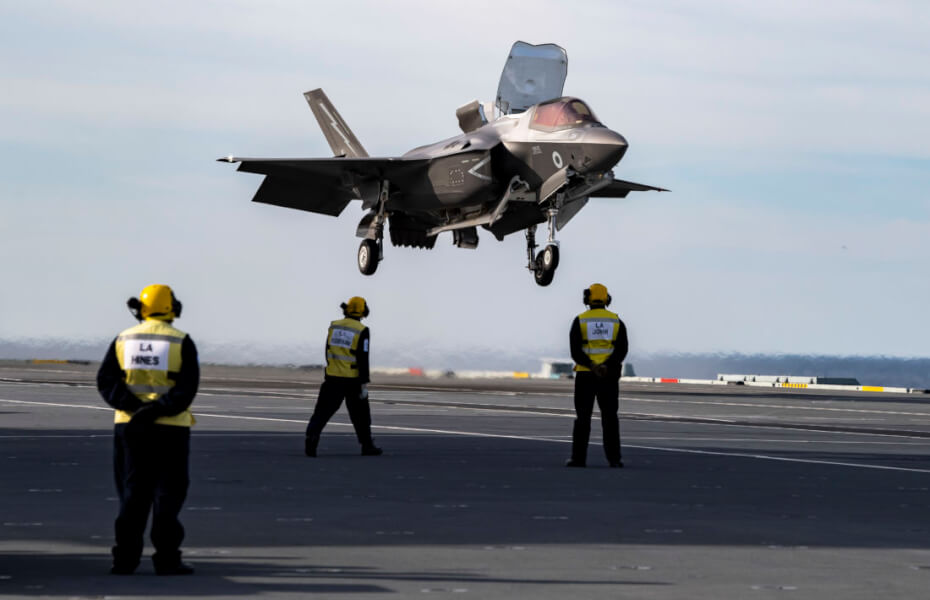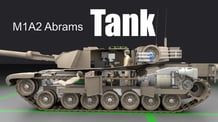The risk that the tail of the all-new Lockheed Martin F-35 Lightning II multipurpose fighter might collapse at supersonic speeds, has forced military authorities to modify the flight regulations for that ship.
There will be no structural improvements to its fuselage or other actions to fix the already discovered technical problem, they said at the Pentagon in a message sent last Friday to the Defense News website. Simply put, pilots will be advised to only overcome the Mach barrier for very short periods.
The matter was filed last December “under the category ‘no plans to correct’ (the flaw)”, due to the high costs that the full repair would have entailed, according to the official response. A review of the aircraft’s length and some materials would be essential, as well as subsequent flight tests.
In the middle of the year 2019, the medium already denounced the problems of the fuselage and the stealth coating and realized that the solution conceived by the military was to set a limit of less than a minute for accelerations to Mach 1.3. Since then, it has only become obvious that the Pentagon is unwilling to undertake anything to make the plane justify it’s ‘Lightning’ name again, which means ‘lightning’.
Officials say the supersonic flight is not that important to a fifth-generation fighter, an optimism some experts don’t share.
“Authentic condemnation”
Defense News picks up the comment from a retired naval aviator, who last year said those limitations could be deadly in direct combat scenarios. The operational idea for the F-35 is to destroy the enemy aircraft before it can detect it and engage in combat, but it is not feasible to always rely on that option.
The veteran cited the experience of the Vietnam War when military aviation relied heavily on missiles and put aside his “front weapon,” something that caused additional deaths in air-to-air battles.
An analyst from the Russian media Svobódnaya Pressa (‘Free Press’) described what happened on Tuesday as a “real condemnation for the F-35, as a fifth-generation fighter.” Distinguished Russian military pilot Vladimir Popov explained, in statements to RIA Novosti, that the ability to maintain stable flight at supersonic speed is one of the most important characteristics for this class of aircraft.
In his opinion, the defect is exposed at the end of the combat: “If all the ammunition is depleted in the attack, the value of the aeroplane as a combat unit tends to zero,” he said. “In this case, the pilot’s primary task is to break free of the chase and land safely on his airfield. If he has a supersonic regime, it is much easier to do so.”
In trying to make a more efficient aircraft “what came out came out” and the F-35 “resulted not from multiple regimes,” Popov summarized.














